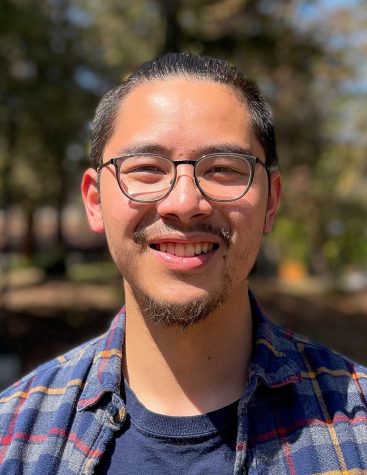Graphic novels are literature, English professors say
Classroom reading assignments can feel like eating vegetables as a kid — grueling despite the nutrition. With this, De Anza teachers are finding more success teaching with graphic novels.
Although graphic novels are more accepted in academia today, many still dismiss them as low-brow. English professor Amy Leonard said critics should reconsider their biases.
“There’s a misconception that all graphic novels are just about superheroes or white males, but that’s not the case at all,” said Leonard, who builds her curriculum around them. “If you think so, then you’re missing out on all the different types that are out there.”
When Leonard uses comics, ranging from Marvel to historical fiction, she said she finds students more willing to engage in critical conversations.
“One of the biggest challenges to talking about issues is sometimes that they’re too real and people start censoring each other,” Leonard said. “It’s very different if all of the sudden we’re reading a graphic novel.”
Sarah Lisha, an English professor who has been using graphic novels for over 10 years in her EWRT 1A and 1B classes, agrees.
“The literature section of the bookstore is great, but because of certain rules, they don’t always come up with creative or controversial ideas like graphic novels do,” Lisha said. “I love using them in my class.”
She added that they engage students more.
“Traditional reading can sometimes be inaccessible because some people just don’t have the time for it,” Lisha said. “(A graphic novel) gives students the same depth and perspective, and can serve as an entry point to getting them to enjoy reading.”
English professor Francesca Caparas said she finds alternative mediums like graphic novels essential for adapting to an ever-changing world.
“I want students to learn visual analysis since we consume so many images passively nowadays,” Caparas said. “Sure, looking at pictures can get students more engaged initially, but the other piece is to actually get them to think critically.”

Kevin Vu Nguyen is a returning student journalist and editor at La Voz, formerly serving as Editor-in-Chief. He is a proud alum of both De Anza and Foothill...



